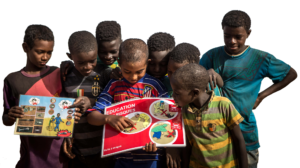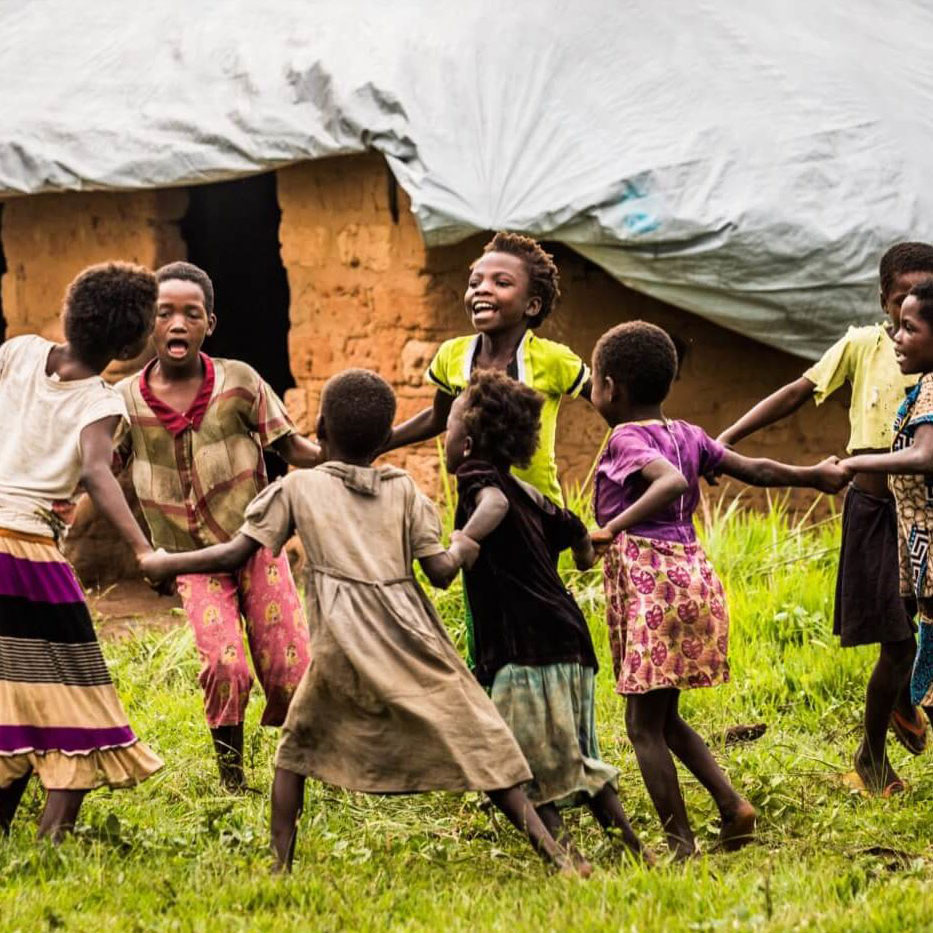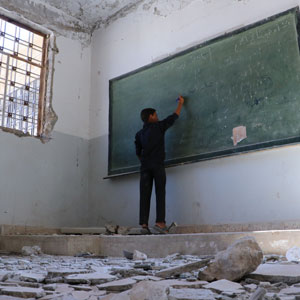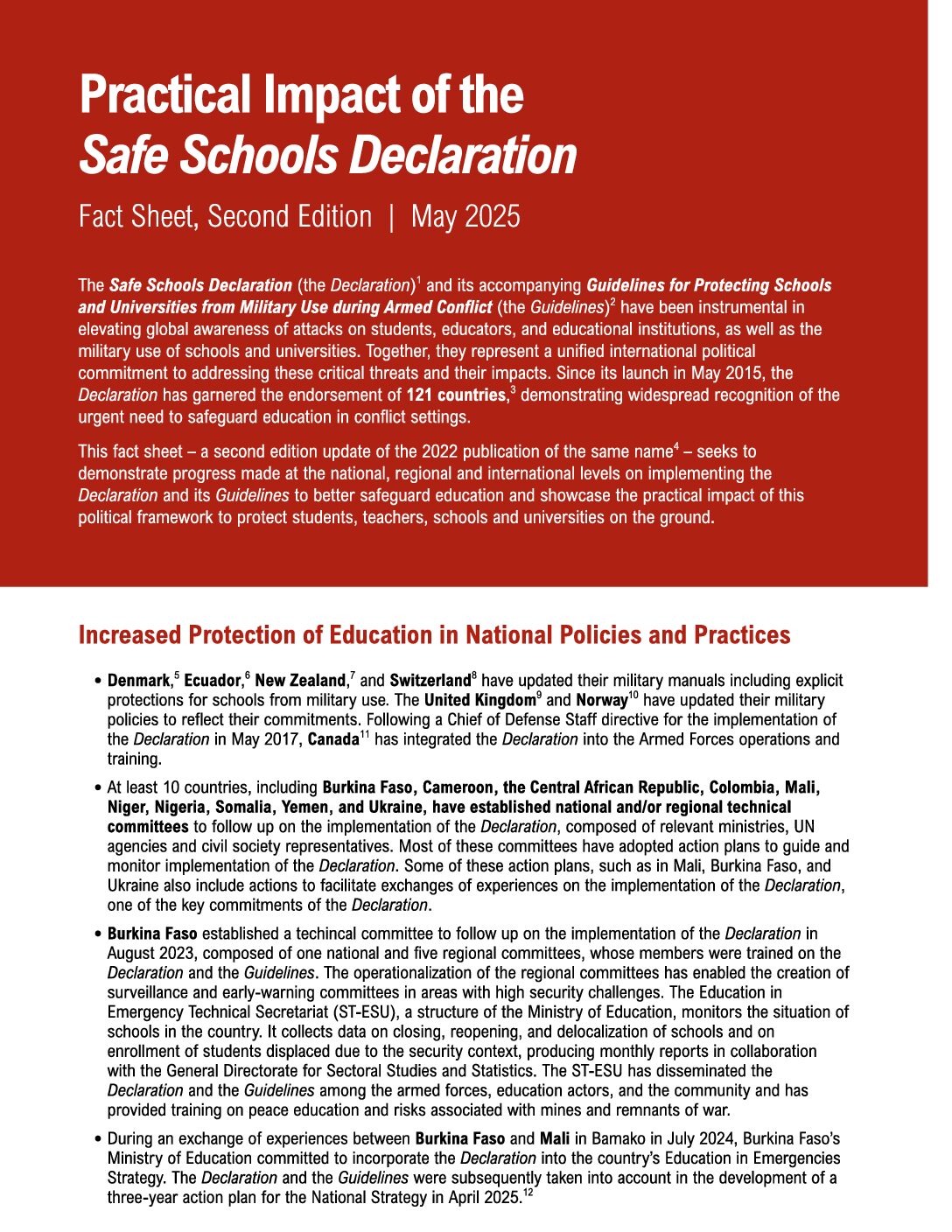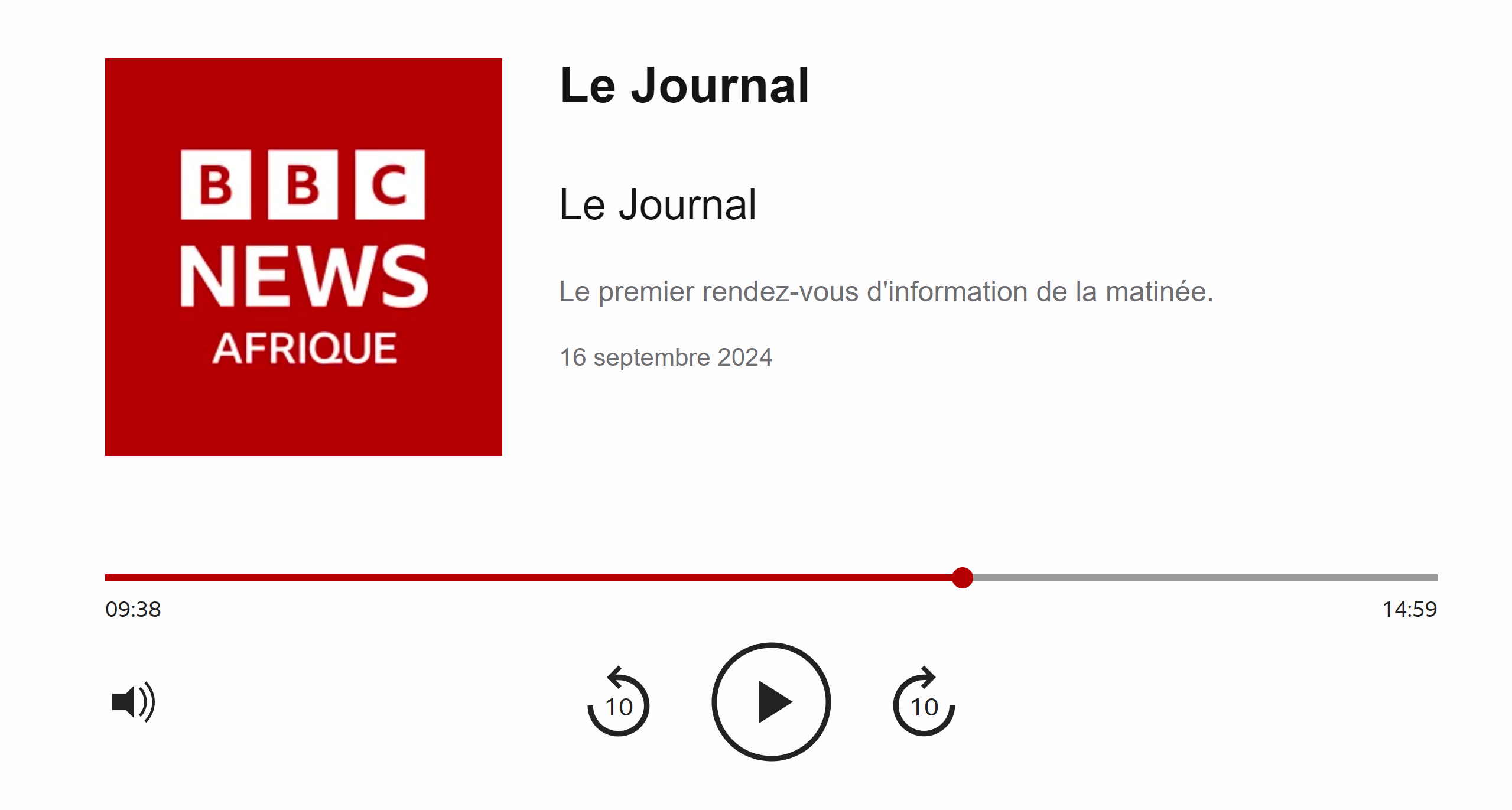GCPEA News
Why it’s so important to protect schools during wartime
Global Post, September 29, 2014
By Jessica Mendoza
As war, disease and other emergencies erupt worldwide, schools and universities are becoming centers less of learning than of violence. Whether it’s militants attacking colleges in Nigeria or troops using schools as military bases in Gaza, the issue is the same: Students are deprived of their right to education and their lives are placed at risk.
“This is something that happens in countries in conflict all over the world,” said Bede Sheppard, deputy director of the Children’s Rights Division at the non-profit Human Rights Watch, based in Washington, DC. “It’s a global problem.”
The presence of armed forces during conflict can turn schools into targets for attack, disrupt classes, damage infrastructure and expose students to recruitment and violence – including sexual violence, according to a report by the Global Coalition to Protect Education from Attack (GCPEA), a New York-based non-profit. The result is a decline in attendance, enrolment and quality of education. Smaller issues, such as privacy and hygiene, also add to already existing barriers to education.
“Soldiers will take over toilets and not let students use them,” Sheppard said.
Girls are especially vulnerable and more likely to miss school, as parents are wary of sending daughters into the company of armed men, based on the report.
“Some just drop out entirely,” Sheppard said, referring to a 2009 incident in India in which 200 girls who had been granted government scholarships declined the money because the school they were to attend was being occupied by paramilitary troops.
Sheppard noted that in times of conflict, the school should be a haven of normalcy and routine. It is where children can come to understand the events around them and learn things that could mean their surival, such as how to recognize a landmine or avoid getting HIV, he said.
The mentality that children will be out of school “just until the war ends” is also dangerous, Sheppard said.
“These days, conflict is not something that passes through quickly,” he said. “We could be talking about an entire generation losing their education.”
Why schools?
Between 2005 and 2014, armed forces in at least 25 countries used schools and universities for military purposes, according to the GCPEA. UNICEF estimates that to date, about 290 schools have been destroyed or damaged in the fighting in Ukraine while a third of schools surveyed in the Central African Republic had either been set on fire, struck by bullets or occupied by armed groups.
Similar numbers can be pulled from Afghanistan, Thailand, Colombia, the Democratic Republic of Congo and many others, according to Human Rights Watch.
One reason schools are so appealing to armed troops is the practical and tactical advantages they offer, Sheppard said.
“In remote, rural areas, they might be the only buildings with more than one floor,” he said. Schools also tend to be surrounded by walls and come equipped with a kitchen, multiple bathrooms and other facilities that make it easy to house groups of people for an extended period, he said.
Sometimes troops will occupy a few classrooms or lecture halls, while classes continue in other parts of the building. Other times armed forces will take over the school entirely, putting a stop to all classes. Regardless, “military use of schools and universities puts students, teachers and academics at risk,” according to the GCPEA report.
Moving forward
In November 2012, representatives from governments, humanitarian groups and other organizations came together to develop policies to protect schools and universities around the world from military use. The “Draft Lucens Guidelines,” named after the Swiss village in which the conference took place, were released in June 2013. The document stresses the need for alternatives to using schools as bases and the negative effects military presence could have on students and teachers.
Twenty-nine countries have since expressed support for the guidelines, with Norway taking the lead. A final version of the document will be presented in the spring of 2015.
On Wednesday, former US Secretary of State Hilary Clinton and former Australian Prime Minister Julia Gillard also showed support for the guidelines at the annual Clinton Global Initiative in New York City.
“Schools must be safe places for both girls and boys so they can learn and develop to their full potential,” Gillard, who also chairs the Board of the Global Partnership for Education, told GCPEA. “If all countries endorsed and implemented the Lucens Guidelines, it would go a long way toward making schools safe for many of the nearly 30 million out-of-school children living in conflict.”
